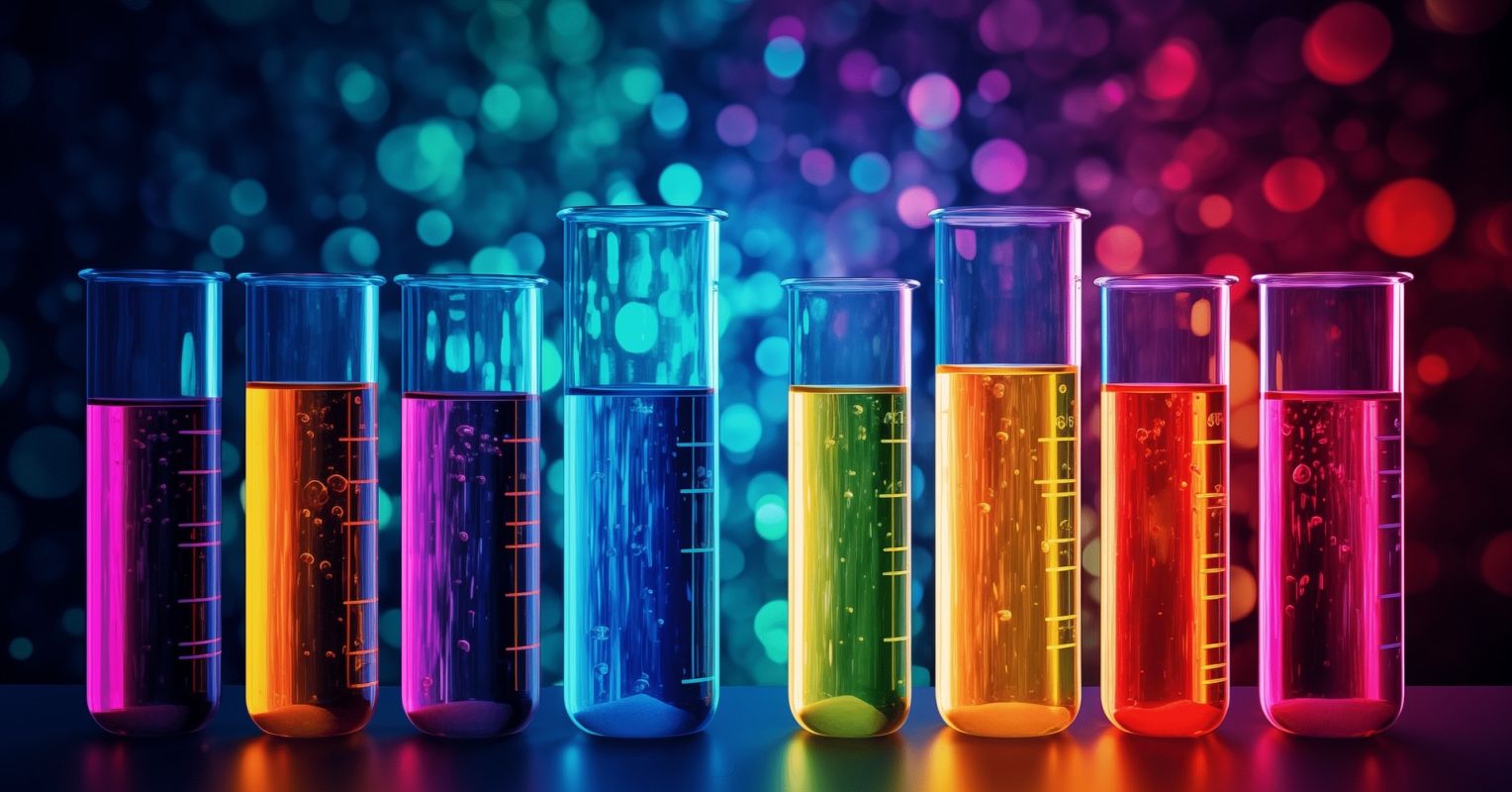At the crossroads of complex scientific ideas and artificial intelligence (AI) language models (LLMs), we are witnessing a significant period of change. A recent study showcases the use of an advanced language model called GPT-4 by an AI system named Coscientist to design, arrange, and conduct lab experiments, as well as absorb and apply Nobel Prize-winning scientific insights.
The research, penned by Ben Kline, Robert MacKnight, and Daniil Boiko, was supervised by associate professor Gabe Gomes from Carnegie Mellon University. Gomes, a respected figure in the scientific realm, was recognized as part of Chemical & Engineering News’ “Talented 12” in 2022.
Throughout history, humans have utilized various chemical processes like beer brewing, wine fermentation, soap making, glass production, metalworking, and ore metal extraction long before the formal establishment of chemistry as a distinct scientific field.
The fundamental metal experiments conducted systematically mark the beginnings of modern chemistry, which explores the study of matter, its characteristics, interactions, and reactions to various stimuli and conditions. The term “alchemy” has origins in Spanish “alschimsta,” Persian “al-kimiya,” and Greek “chemeia,” as per the Merriam-Webster Dictionary. Trailblazers such as 17th-century Anglo-Irish scholar Robert Boyle (1627–1691), author of “The Sceptical Chymist,” and French chemist Antoine – Laurent de Lavoisier (1743–1794), renowned for “Elements of Chemistry” published in 1787, played pivotal roles in shaping modern chemistry.
From the ancient use of fire for cooking and warmth to the present era, chemistry has significantly improved living standards. Modern life is intricately linked with science, acting as the foundation for pharmaceuticals, personal care items, food production, energy creation, cleaning technologies, packaging, clothing, and various other goods.
The recent study examined the effectiveness and autonomy of AI-driven large language models in the field of chemistry research. The researchers emphasized, “Our approach demonstrates advanced logical reasoning and experimental design capabilities, tackling complex medical issues and producing high-quality code.”
Named “Coscientist,” their AI system was responsible for managing complex arrays of hardware components and datasets from various sources, formulating chemical syntheses for known compounds, analyzing hardware manuals, and overseeing wet lab equipment.
Users can interact with Coscientist using everyday language to ask questions. By utilizing modules like web search through the Google Search API, Python code execution, hardware manual exploration, and experiment streamlining (Cloud lab, liquid handling, manual experimentation), a GPT-4 Planner named Coscientist was created.
Before the comprehensive evaluation of the entire program, each module underwent individual assessment. Notable language models such as GPT-4, Claude 1.3 by Anthropic, and Falcon- 40B-Instruct by Technology Innovation Institute (TII) were employed to evaluate the Web Searcher module. The Web Searcher module excelled in synthesis planning, powered by GPT-4, Claude 1.3, and Falcon- 40B-Instruct. Coscientist was tasked with generating code for operating scientific instruments to test its programming capabilities, assessing its ability to learn from evidence.
Following the detailed evaluation of component modules independently, the researchers assigned all Coscientist modules the task of creating and executing a protocol for cross-coupling reactions involving Suzuki-Miyaura and Sonogashira.
Organic synthesis, or synthetic organic chemistry, involves creating organic compounds primarily composed of carbon. Techniques like the Suzuki-Miyaura coupling and Sonogashira play crucial roles in establishing carbon-to-carbon bonds using palladium as a catalyst. These applications vary from producing textiles like polyester and nylon to containers made of polypropylene and nitrogen for agricultural fertilizers.
The Nobel Prize in Chemistry in 2010 was awarded to Akira Suzuki, Richard Heck, and Ei-ichi Negishi for their pioneering work on palladium-catalyzed cross-coupling, a chemical process enabling the creation of intricate carbon-based structures. Consequently, the research team instructed Coscientist to replicate the scientific methodologies that led to the Nobel Prize.
Through the introduction of Coscientist, the team effectively showcased the ability of an AI-powered large language model system to streamline medical chemistry research, offering significant advantages for humanity.
In a dual-focused exploration of Coscientist, the researchers advocate for collaboration between the natural sciences community and LLM developers to establish safeguards and advise key stakeholders in the AI industry to prioritize safety, ensuring ethical and responsible utilization of AI-powered large language models. Recommendations include employing AI machine learning to identify potentially hazardous chemical compounds before integrating them into AI programs, maintaining data integrity through regular curation and updates, and implementing robust system security measures such as encryption and access controls. At a minimum, they propose involving domain experts to oversee AI operations.
The researchers believe that integrating advanced scientific tools for LLMs holds immense potential to expedite groundbreaking discoveries.
They affirm that Coscientist has the capability to accelerate medical research, democratize technological resources by facilitating experimentation, encourage interdisciplinary collaborations, support education and training initiatives, and reduce research and development costs.






